SUMMARY
This is AI generated summarization, which may have errors. For context, always refer to the full article.
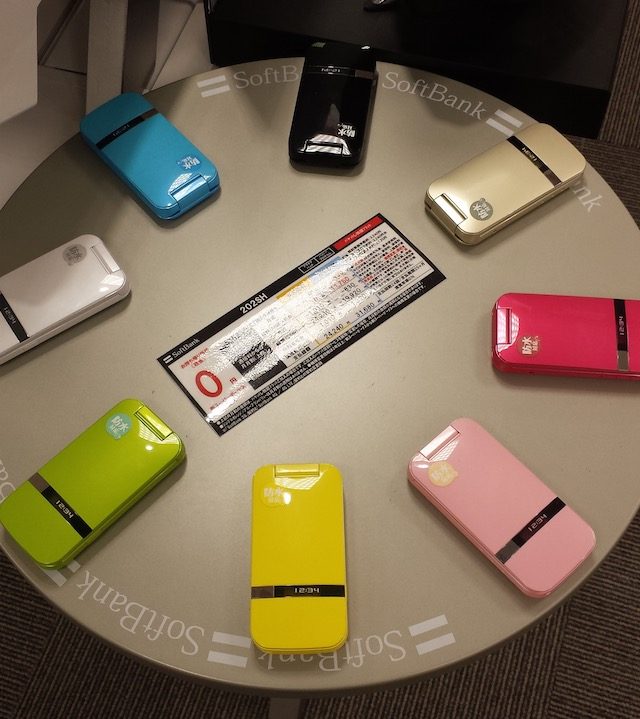
TOKYO, Japan – In much as how Darwin discovered variations in the flora and fauna in the Galapagos Islands (remember the finches?), the distinct details of similar species prevailed in each island mainly because the islands were separate, thus limiting interbreeding. He postulated that these distinctions could only happen because each island was isolated.
Such is the garakei, or Galapagos Phone, a compound word from the words Galapagos and Keitai Denwa (携帯電話) used to describe the Japanese flip phone. These phones flip open and close with a distinct “snap” or “click” depending on the maker you get it from.
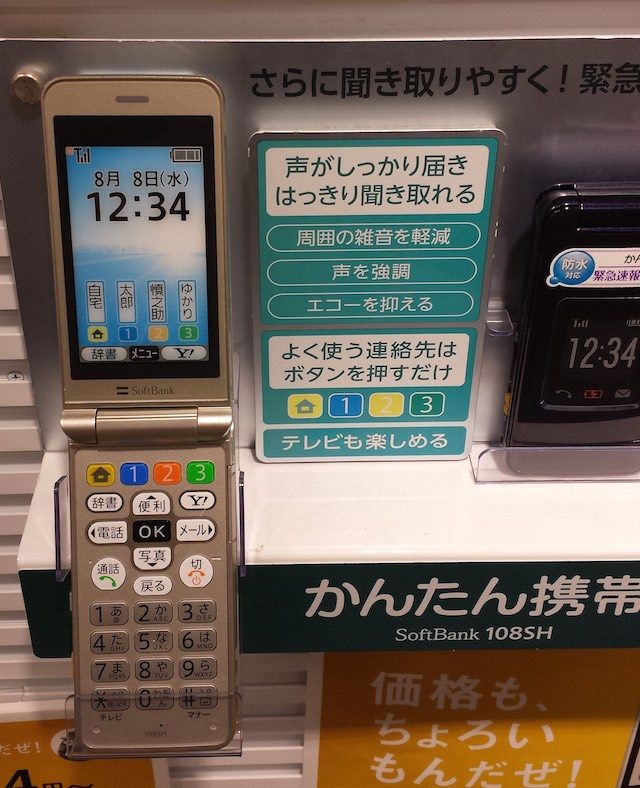
While these phones were very similar to the clamshell-type feature phones like the Samsung T-Mobile T609 or the Nokia 6600 Fold back in the day, what they resembled in form, they conversely eviscerated their western counterparts with function.
From as early as the late 1990s, up until today, toying around with a garakei phone being sold in the market gives you a glimpse of the robustness of features that are packed into a tiny device.
Some interesting features would include:
- Watching television on your phone.
- Your phone acting as an e-wallet, allowing you to go onto buses, trains and transact in convenience and other stores with only your cellphone.
- New industrial design and features allow it to be waterproof. Yes, you can wash it under a running faucet.
- The juice capacity. The battery can last for days!
Early on, the garakei was a hit in Japan, increasing exponentially as various types and features were released each year. However, while for a big part of the last two decades saw strength in sales of the garakei in Japan, it failed to generate as much sales overseas.
While smartphone use has grown and thrived in most parts of the world, the garakei has survived in the Japanese market, where culture, preferences, and way of life is distinct from the rest of the world.
It could be that other parts of the world didn’t have the infrastructure yet to handle the advanced phones and sent it back to Japan as a phone ahead of its time. While the world has seen the rise and fall of the likes of Motorola RAZR and the clamshell phones, they are now a relic of a previous generation. On the other hand, some reports point out that the garakei still occupies 30% of market share in its country of origin.
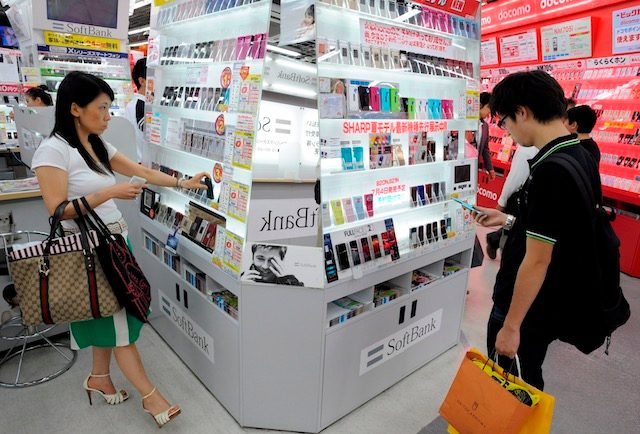
It was all fine, with the Galapagos phone enjoying its market share in Japan and the rest of the world thumbed through fat plastic keys and played “Snake,” but by 2007 a man named Steve Jobs introduced the product that “changed everything.” Suddenly, the iPhone broke through the market on an international scale and gave rise to the su-ma-ho (スマホ, smartphone). Now, mobile companies like Sony, Panasonic and Docomo have created their own version of the smartphone to combat the sales of Apple devices in their home court.
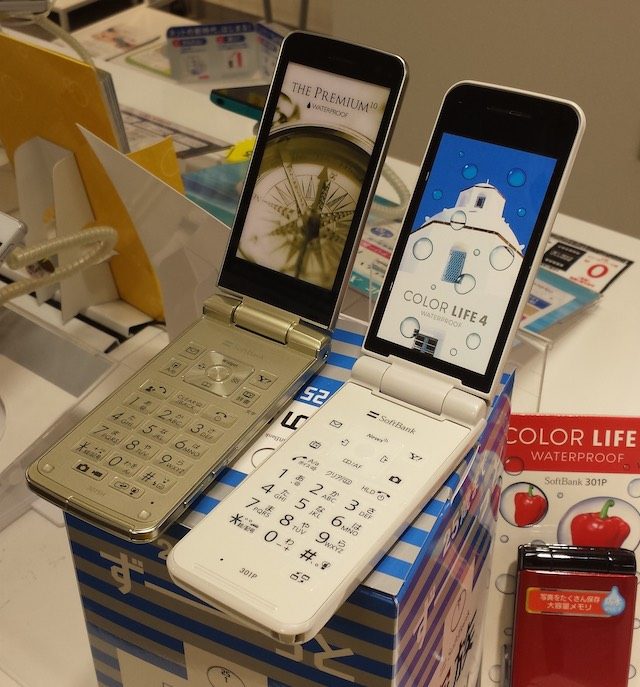
Staying power
In spite of this, the garakei still held firm in its position in the Japanese mobile market. An explanation here would be seen through the japanese duality of form and function. While the Japanese flip-phone hasn’t changed much in terms of “form,” it has so with function.Through the years more and more additions to the useful features were found while material science advances made them more durable.
A little angle may do with the cellphone culture where years ago, books and television videos were made available via 3G, payments can be made through your phone, and the rise of email as a more widely used medium than SMS.
With the newer and better smartphones out in the market today, what staying power does the garakei have its a small niche of the world?
Japan’s ageing population may be the answer: Old people seem to already know how to use a traditional flip-phone in contrast with learning-curve heavy smart phones in the market today. The headspace of sticking to the past, and on to what you already know is prevalent and thus, the garakei lives on as an older-person’s communication device.
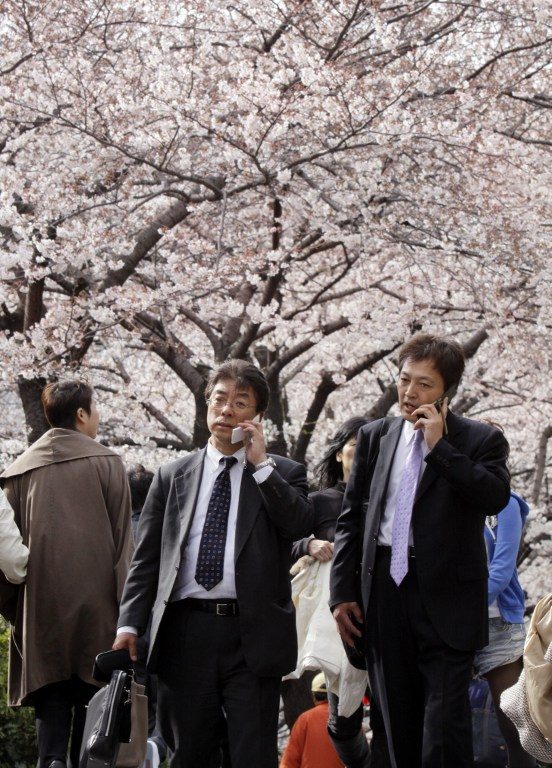
The garakei is also prevalent with the youth as it affords them a cheaper and more durable communication device than that of a smartphone. Its ease of use means that it can also be entrusted to children who are not quite ready to handle touch screens.
Some parents actually opt to give their children this type of phone instead of a smartphone as it offers “less distractions” and would motivate the kids to live life out of the confines of mobile space.
Corporations who need to equip their employees with communication devices are also one of the entities that adopt this type of phone. Its ease of use, bare bones functionality of calling and message sending along with lower cost make it appealing to them.
There is no arguing though that the demand for the garakei is waning a little, yet it still stands strong as mobile phone manufacturers constantly upgrade the flip-phones being released in the market, sometimes costing more than the newest iPhone! A slew of more powerful features are being put in the feature phone like more powerful cameras, upgraded apps, better screens, and waterproof material all contribute to the marketing appeal that the phone has even with todays everyman living in Japan.
So like Darwin’s discoveries in the Galapagos Islands, evolution will determine how we use and interact with technology when we react and manipulate the world around us. – Rappler.com
Add a comment
How does this make you feel?
There are no comments yet. Add your comment to start the conversation.